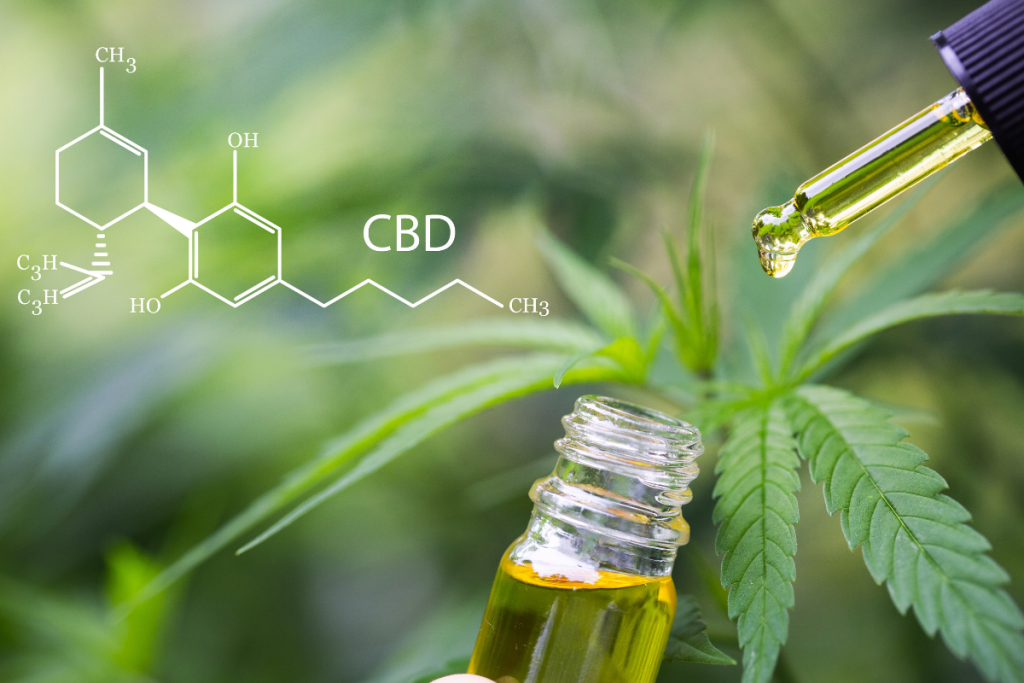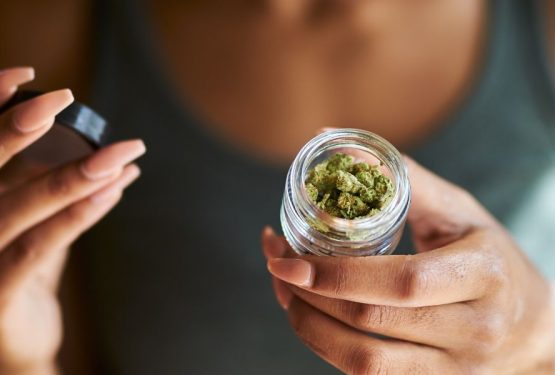Written by The Trusted Lab Research Team
Many people often become confused over the numerous terms associated with CBD. Understanding the difference between cannabidiol and cannabinoids can be challenging since these two commonly used terms share similarities in spelling and are often used interchangeably.

It is important to understand that cannabidiol is a type of cannabinoid. There are more than 100 different cannabinoids that can be found throughout the seeds, stalks, and stems of the cannabis plant. Cannabinoids are the active chemical compounds that are found in the flowers of cannabis plants.
Phyto cannabinoids describe cannabinoids derived from plants. They interact with the human body’s natural systems because their behaviors and makeups mirror endocannabinoids. Our bodies synthesize endocannabinoids almost immediately.
The human body is set up to interact with cannabinoids. Both endocannabinoids and Phyto cannabinoids join with and influence cannabinoid receptors that are found throughout the body to alter the release of neurotransmitters and encourage a natural balance in our systems.
Cannabinoids primarily induce the natural effects observed in the human body from cannabis and hemp oils. Scientists have identified over 100 Phyto cannabinoids present in cannabis and hemp plants. The two most abundant cannabinoids are cannabidiol and tetrahydrocannabinol.
The cannabinoid composition of the cannabis plant varies widely among different strains. Some strains exhibit higher CBD content while others contain more THC. Typically, hemp naturally boasts a higher CBD content and contains only small trace amounts of THC. Cannabidiol, also known as CBD, ranks among the most abundant cannabinoids and dominates the chemical makeup of hemp plants.
Numerous studies suggest that cannabidiol may offer a broad spectrum of potential benefits. The U.S. National Institutes of Health have patented CBD, asserting its significant antioxidant and neuroprotective properties.
Studies have proven that cannabidiol is a non-psychoactive cannabinoid.
Consuming CBD will never cause a high or temporarily affect cognitive functions in any way, unlike THC. This makes CBD a safe option for children or anyone that is looking to incorporate the balancing effects of CBD and cannabinoids without having to experience the effects of being “high”.
CBD hemp oil originates from hemp with the highest CBD content and negligible THC content. The primary distinction between hemp plants and drug plants lies in their resin content. Industrial hemp plants possess low resin content, while drug plants boast higher resin content. Industrial hemp varieties typically stem from pedigree seeds, yielding up to one hundred skinny, tall, bamboo-like plants per square meter. Machines harvest these plants, which are then processed into various products like cloth, edible oils, and paper.
Drug plants are commonly cultivated from asexually reproduced clones, resulting in one to two bushy plants per square meter. Their flowers are hand-harvested, dried, trimmed, and cured. Following this process, the flowers are ready for consumption for their medicinal effects. Hemp seed oil differs from CBD-rich oil extracted from the plant’s flowers and leaves. Oil pressed from hemp seeds contains no CBD or THC but is suitable for producing paint, soap, varnish, and protein-enriched food supplements.
Industrial hemp contains far less cannabidiol than high-resin CBD-rich cannabis.
Extracting a small amount of CBD requires a large amount of industrial hemp. This can heighten the risk of contaminants because hemp is a bio-accumulator, naturally drawing toxins from the soil. While this trait aids in the Phyto-remedial process, it poses challenges for producing safe-to-ingest medicinal oil products. Oil extracted from cannabis and hemp concentrates both beneficial compounds and toxins. CBD often emerges as a byproduct or co-product of industrial hemp primarily cultivated for other purposes. Farmers cultivating these plants could earn additional revenue by selling unused hemp to businesses seeking to extract CBD from the leftovers. Low-resin hemp, unlike high-resin cannabis, is more vulnerable to mold and pest infestation due to the absence of terpenes and cannabinoids in the resin that repel predators and safeguard against blight.
Before the enactment of the 2018 Farm Bill, the majority of CBD products available in the United States were derived from low-resin industrial hemp grown in China or Europe. With hemp cultivation legalized in the United States, accessing higher-quality CBD products made from hemp grown in Oregon, Colorado, Montana, Kentucky, and other states should be more straightforward. Cannabis is a botanical that is highly adaptive because it is able to survive in various legal and ecological environments. It has a wonderful response to the human hand, which has expanded the capabilities of the plant in ways that are unprecedented.





